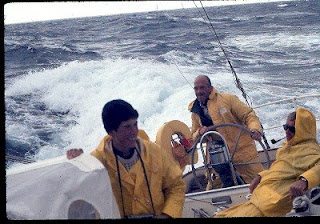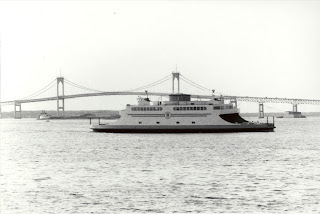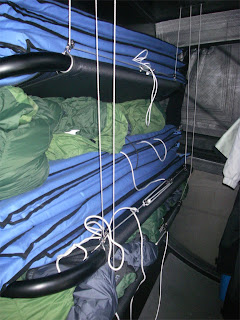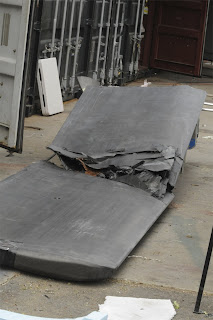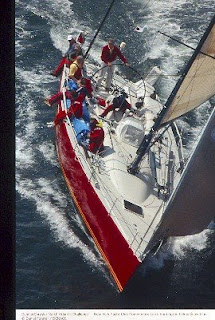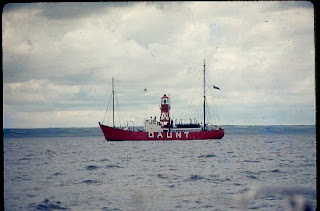 June 1969 was the start of the Trans-Atlantic race to Cork Ireland from Newport Rhode Island at the Brenton reef tower, now just a memory. the finish at Daunt light ship.
June 1969 was the start of the Trans-Atlantic race to Cork Ireland from Newport Rhode Island at the Brenton reef tower, now just a memory. the finish at Daunt light ship.
Category: transatlantic
TRAVEMUNDE 1968

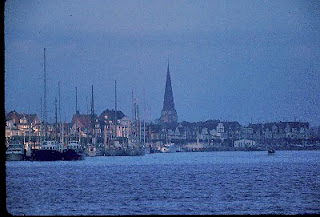 The finish of the 1968 trans-atlantic race was in Travemunde, West Germany; having started in Bermuda, a week after the finish of the Bermuda Race. It is known as the Monte Carlo of the north.
The finish of the 1968 trans-atlantic race was in Travemunde, West Germany; having started in Bermuda, a week after the finish of the Bermuda Race. It is known as the Monte Carlo of the north.



ROYAL YACHT SQUADRON
 The Royal Yacht Squadron was founded in June 1815; long considered the most prestigious yacht club, perhaps in the world.
The Royal Yacht Squadron was founded in June 1815; long considered the most prestigious yacht club, perhaps in the world.


VIRGIN MONEY aka SPEEDBOAT
 Speedboat left today from New York in an attempt to break the monohull powered winch trans-atlantic record. Aboard is an all star crew headed by Mike Sanderson.
Speedboat left today from New York in an attempt to break the monohull powered winch trans-atlantic record. Aboard is an all star crew headed by Mike Sanderson.
SPEEDBOAT
 Speedboat aka Virgin Money is an exciting boat,an engineering marvel, elegant, extreme, powerful, fragile. Not particularly useful as its purpose can only really be to set or break distance records. Yet she requires a great deal of attention.
Speedboat aka Virgin Money is an exciting boat,an engineering marvel, elegant, extreme, powerful, fragile. Not particularly useful as its purpose can only really be to set or break distance records. Yet she requires a great deal of attention.
1971 trans-atlantic
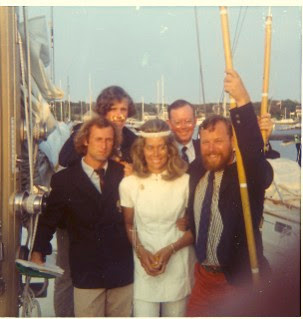 In 1971 we cruised “Carina” to England for the Admiral’s Cup and Fastnet Race. we sailed from Indian Harbor Yacht Club in Greenwich, Ct. to Harwichport, on Cape Cod; where David Steere the owner of “Yankee Girl” had a summer house, compound might be a better description. A big party the night of our arrival and we left across the ocean along with “Yankee Girl”, “American Eagle” owned by Ted Turner, and “Carina” belonging to Dick Nye.
In 1971 we cruised “Carina” to England for the Admiral’s Cup and Fastnet Race. we sailed from Indian Harbor Yacht Club in Greenwich, Ct. to Harwichport, on Cape Cod; where David Steere the owner of “Yankee Girl” had a summer house, compound might be a better description. A big party the night of our arrival and we left across the ocean along with “Yankee Girl”, “American Eagle” owned by Ted Turner, and “Carina” belonging to Dick Nye.


Guinevereous Liraki

 The British Museum of Natural History gave each yacht entered in the 1968 trans-atlantic race a log book asking each crew to record sightings of mammals including where,when, and under what conditions the sightings occurred. There were many sightings, I had forgotten until now, I described the porpoise in the photo, Geroge Moffett, the owner of the boat turned the log in at the end of the race. About a year later he wrote to me that the porpoise had been identified as a unique species within the family of Phocoenidae and that the Museum had attributed it the name “Guinevereous Liraki”
The British Museum of Natural History gave each yacht entered in the 1968 trans-atlantic race a log book asking each crew to record sightings of mammals including where,when, and under what conditions the sightings occurred. There were many sightings, I had forgotten until now, I described the porpoise in the photo, Geroge Moffett, the owner of the boat turned the log in at the end of the race. About a year later he wrote to me that the porpoise had been identified as a unique species within the family of Phocoenidae and that the Museum had attributed it the name “Guinevereous Liraki”
First Trans-Atlantic race
 In 1968 I sailed the Bermuda race and then the trans-atlantic race from Bermuda to Travemunde, West Germany aboard George Moffett’s 48 foot sloop”Guinevere”. A wonderful boat designed by Alan Gurney, probably most famous for “Windward Passage”
In 1968 I sailed the Bermuda race and then the trans-atlantic race from Bermuda to Travemunde, West Germany aboard George Moffett’s 48 foot sloop”Guinevere”. A wonderful boat designed by Alan Gurney, probably most famous for “Windward Passage”
CARINA





No story about yachting is complete without “Carina” belonging to the Nyes. There is probably no boat in yachting history that won more races. There were several yachts bearing the name, all belonging to the Nye family. The success was a father,son story, complementing each other perfectly.
2003 trans-atlantic race
 the 2003 trans-atlantic race from Newport, RI to Hamburg, Germany, sailing aboard “Snow Lion” a 50 foot Nelson/Marek. The race took not quite 20 days. we had 12 days of over 200 miles a day. Our best being 275 miles in 24 hours; unfortunately for us that same 24 hour period one of our competition sailed 475 miles.
the 2003 trans-atlantic race from Newport, RI to Hamburg, Germany, sailing aboard “Snow Lion” a 50 foot Nelson/Marek. The race took not quite 20 days. we had 12 days of over 200 miles a day. Our best being 275 miles in 24 hours; unfortunately for us that same 24 hour period one of our competition sailed 475 miles.


